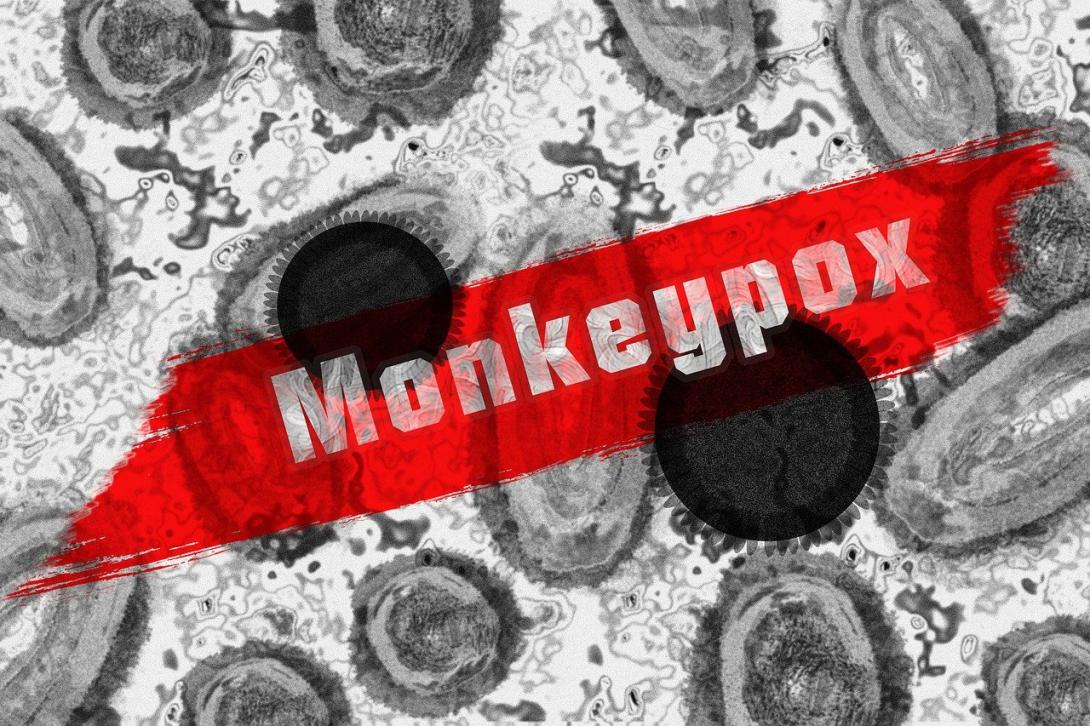
Oregon has another outbreak on its hands: monkeypox.
State health officials have set up a website with information. Vaccine supplies are on the way. There will be weekly updates with figures and information.
But, more than two years after COVID-19 raced through the globe, it’s not another pandemic.
“Monkeypox does not spread the same way,” Oregon Epidemiologist Dr. Dean Sidelinger said in a Thursday press conference. “It’s not another COVID-19.”
At this point, there are 95 confirmed and presumed cases in Oregon, nearly two months after the first case in the state. Most cases are in the Portland metro area and Lane County, also population hubs in Oregon. The cases compromise 92 men and three women.
Sidelinger said that most of the initial cases involve men who have sex with other men, but one’s sexual orientation isn’t what makes someone susuctible to the disease.
Public health officials said close skin-to-skin contact, including through sexual activity, is what spreads monkeypox, as people have contact with lesions.
At this point, Sideliner said, the state is not recommending vaccines for the general population — only those who have had contact or are likely to have contact with someone who has monkeypox.
Katie Cox, executive director of the Equi Institute, which advocates for the LGBTQ+ community, said it’s crucial that Oregon doesn’t repeat the mistakes of the AIDS epidemic in the 1980s.
“This is a public health issue, not just a men-who-have-sex-with-men issue,” Cox said, stressing it’s based on behavior rather than identity.
This means it can spread through a variety of lifestyles, such as swingers, people who have multiple sex partners and sex workers, including exotic dancers who have close contact with clients.
Dr. Patrick Luedtke, Lane County’s senior public health officer, urged people to get treated for rashes and tested. Wounds can develop into secondary infections, such as staph and strep, he said.
“If you see a strange rash, please go to your provider,” he said.
Sidelinger said people should isolate until the last wound has scabbed over. That can mean isolating for as long as four weeks.
Officials say vaccines are vital to prevent and slow the spread of monkeypox and end the outbreak.
There are two vaccines available for monkeypox and state officials now require insurers to cover the cost of vaccine administration following the Oregon Health Authority’s declaration of a disease outbreak. This means insurers cannot require their members to cover the administration costs for the vaccines.
Oregon public health officials announced the first potential monkeypox on June 16, involving an individual who had traveled.
Health officials expect that figure to rise as more people are tested.
So far, no one has died in Oregon or the United States from the disease. In rare cases, it can be fatal, but usually in areas with limited access to medical care.
Nationwide, there are 10,392 cases in the United States, according to Centers for Disease Control and Prevention data.
Historically, people caught monkeypox through handling wild animals.But person-to-person transmission can happen through prolonged and close contact that is skin-to-skin or through contact with fluid from monkeypox lesions. This means people at higher risk include the sexual partners of someone with monkeypox or family members and healthcare workers caring for an ill person.
In rarer cases, the infection could spread if a person coughs or sneezes on someone. Health officials say it’s not an easy infection to catch, and more difficult to catch than COVID-19.
Initial symptoms include a fever, headache and muscle aches. That’s followed in one to three days by a rash on the face that spreads to a person’s limbs. The rash may begin as flat patches and turn into large, firm pus-filled blisters. Those blisters take two to four weeks to heal.
Initial symptoms typically begin one to two weeks after a person is exposed.
Officials say there are no health treatments specifically aimed at monkeypox, though it’s possible that antivirals can help people with the disease.
The Oregon Health Authority on Aug. 5 declared a monkeypox disease outbreak in the state.
The Department of Consumer and Business Services (DCBS) has issued a bulletin that details the requirements for health insurers.
You can reach Ben Botkin at [email protected] or via Twitter @BenBotkin1.